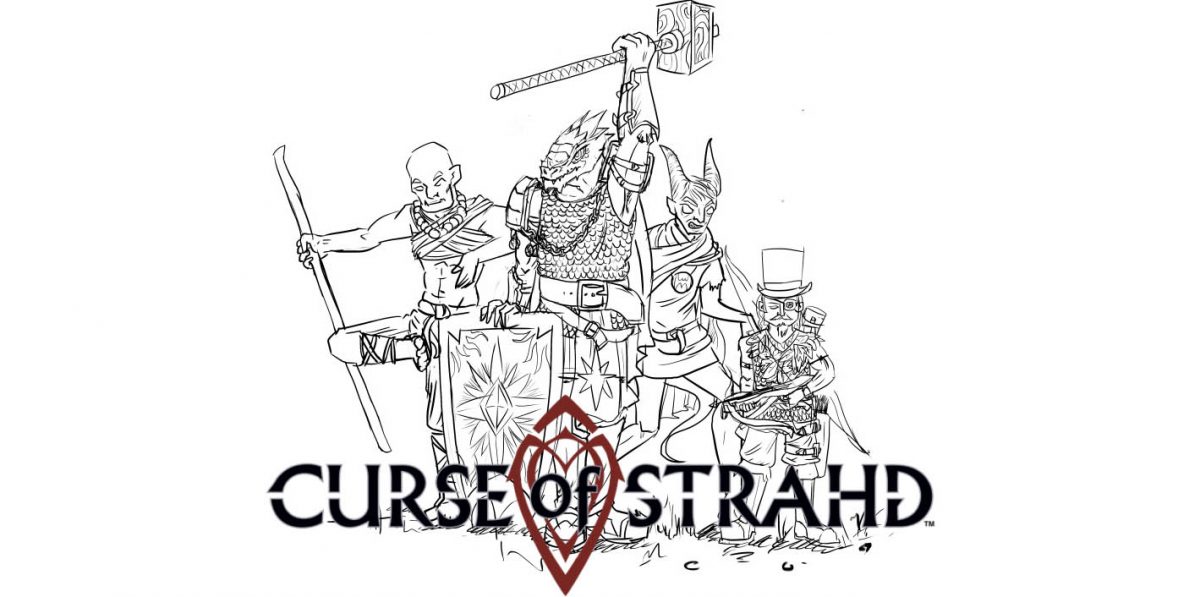From Kid Scientist, the no-nonsense science blog for kids
Principal Investigator: Celeste McManus
Research Assistant: Jeffrey McManus
Over the weekend we picked up a Ein-O Science Kit at a local game store. On Sunday we did one of the experiments in the box. The Ein-O kits are pretty neat; they have instructions on how to do the experiment along with most of the materials you need.
Our Ein-O kit has four experiments, all having to do with heat. Our experiment demonstrated how different kinds of materials conduct heat. A conductor is a material that energy can pass through. So our experiment tried to show how heat travels through different kinds of materials.
In the experiment, we got a ceramic bowl from our kitchen and attached four types of material to the inside of the bowl. The kinds of material were: a wooden pencil, a plastic tube, a plastic ruler, and a metal spoon. All of the materials except for the metal spoon were included in the Ein-O kit.
To stick the materials to the inside of the bowl, we used bits of modeling clay, which was also included in the kit.
The kit also included some plastic marker discs that we stuck onto the materials with some butter. The idea is that the warm water in the bowl would travel up the materials and melt the butter, causing the plastic markers to slide off the materials. The materials that were better heat conductors would melt the butter more quickly.
After the materials were stuck to the inside of the bowl, we filled the bowl with warm water. It took us a few trials to figure out how much water to use and how warm we needed to get it. In our first trial, we heated 500 milliliters of water for 120 seconds, which made the water pretty hot. This turned the modeling clay to sticky goo after we poured it into the bowl. We noticed that if the modeling clay got too hot, it was too soft to hold the spoon onto the side of the bowl and the spoon would fall over. In our final successful trial, we used 400 milliliters of tap water warmed in the microwave for about 75 seconds.
We also had to make sure not to let the warm water touch the modeling clay. We did this by moving the modeling clay up to the rim of the bowl in our third trial.
There was one last problem, though. In the third trial, we placed the markers too high, and the heat wasn’t strong enough to travel up the materials to melt the butter and move the markers.
During all the trials Celeste wrote down the time that we started and finished. During the third trial we waited about twenty minutes for something to happen, but because the markers were so high, nothing ever happened. During the third trial Celeste spent much of her time drawing pictures of princesses in her research notebook.
Finally, in the fourth trial, we moved the markers down so they were closer to the water. This time we were able to figure out from our experiment that the metal spoon conducted heat much more quickly than the wood or plastic. The marker slid off the spoon about three minutes after we poured the warm water into the bowl.
We don’t know exactly how long it took the butter to melt, because at the time the marker slid off the spoon, we were downstairs helping Mom unload groceries from the car. But we know that the spoon conducted heat the best because when we got back upstairs, none of the other markers had moved.
We’ve posted more photos of this experiment over on Flickr.







